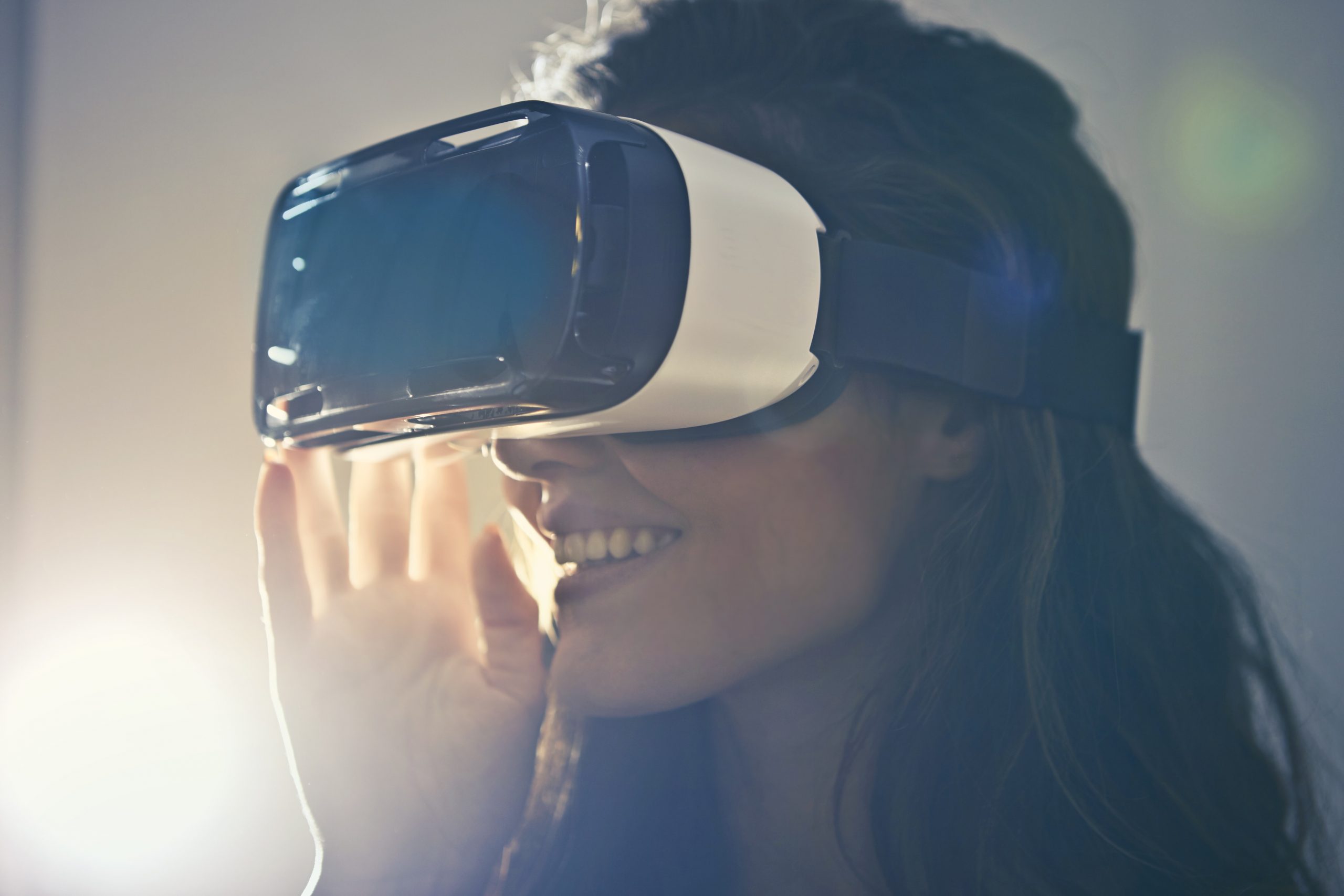By Molly Sedgemore
It’s hard to believe that the creations of Silicon Valley were once a thing of dreams, a far-off unattainable notion where technology could help us rule the world. What started as a means to create more jobs after the Great Recession has become home to the world’s leading innovators in technology. Some of the most progressive inventions of the modern age were born in Silicon Valley, such as virtual reality, facial recognition and virtual voice assistants to name a few. So, as brilliant as this is, what’s the catch?
When Nintendo’s virtual reality set first hit the market during the 90’s, it’s fair to say it was a flop. Following this up with Sega’s inability to even release their VR set, virtual reality was placed high on a shelf away from the public gaze. Flash-forward to today’s market and the scene has changed. With the successful release of 2016’s Oculus Rift and with the likes of Samsung and Huawei hot on their tails, VR technology has had a well-earned facelift. But although the technology might have developed, some of the age-old societal issues are still prevalent. This has become evident in the world of VR, with women experiencing significantly more motion sickness than men, sparking accusations of sexism.
In experiments run by Thomas Stoffregen, a kinesiologist at the University of Minnesota, it was discovered that when using VR, fourteen out of eighteen women suffered motion sickness compared to only six out of eighteen men. Coining the term “cyber-sickness”, Stoffregen acknowledges that the effects of VR are largely sexist and pushes that more needs to be done to combat this. The leading theory in this discrepancy is due to a visual-vestibular conflict which is the general cause for any sort of motion sickness. The difference with VR is that the conflict is in reverse. Usually the conflict derives from the lack of visual cues to coincide with movement (vestibular cues) whereas with cyber-sickness, the visual cues are present, but the motion is not. The reason why this is predominantly affecting women is down to the structure of the VR sets themselves. It has become clear that when making VR sets, companies are doing so with males in mind. In doing so, the interpupillary distance, the distance between pupils, is matching that of the average male but far too large for an average woman, causing cyber-sickness.

This isn’t the only case of sexism within the industry’s products. Consider the likes of Alexa, Google Home and Amazon Echo ÔÇô all great products with one major pitfall. The voices of these home virtual assistants are all helpful, polite, obedient and most importantly, female. To some, this is a minor detail in an otherwise successful branch of technology, but for the sake of gender equality the ever-pleasant, submissive, female voices of these products needs to change. Although some home assistants offer the option to choose between male and female voices, the default is always female. With home assistants becoming increasingly popular, this trend of compliant female voices needs to be challenged. In continuing to ascribe women the role of dutifully complying to our every question and demand, we are instilling what seems like an ancient mindset that a woman’s place is one of quiet passivity. Without even having to utter a please or thank you, the female assistants are obediently waiting at home, only of use when we require something of them.
So why is it that so many societal discriminations are being reflected in our technological advancements? From Hewlett & Packard to Bill Gates and Mark Zuckerberg, it is no secret that the field of technology is one dominated by white males. Have the once universal values of Silicon Valley become corrupt by an over-arching patriarchy? It’s hard to say, but it is clear that there are many issues that need to be addressed. Most concerning of all is that these discriminatory practices have permeated the UK Government. In a Freedom of Information Request made to the Home Office, it has become apparent that the Government deployed a passport photo checker it knew would fail on dark skin. The facial recognition technology that first launched in 2016 has been subject to many reports declaring it has been unable to recognise darker skin tones, wrongly suggesting that mouths have been open and eyes closed. This is not the first time facial recognition has failed black people, with Google having to issue a public apology back in 2015 for wrongly categorising a black couple as gorillas. It seems that even in an environment of supposed neutrality, technology has been victim to the most discriminatory of human errors. In a tale as old as time, sexism and racism is pervading Silicon Valley.



